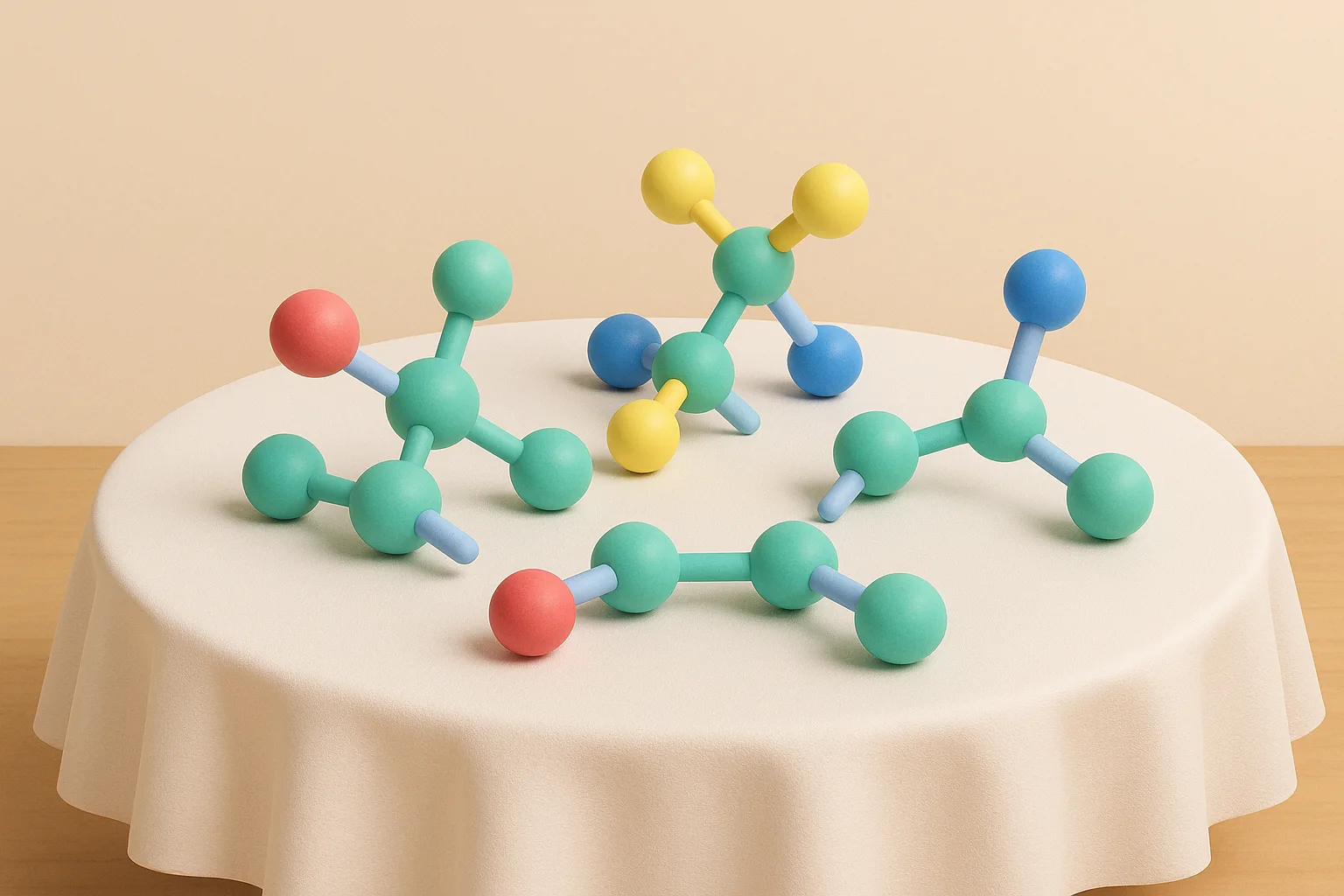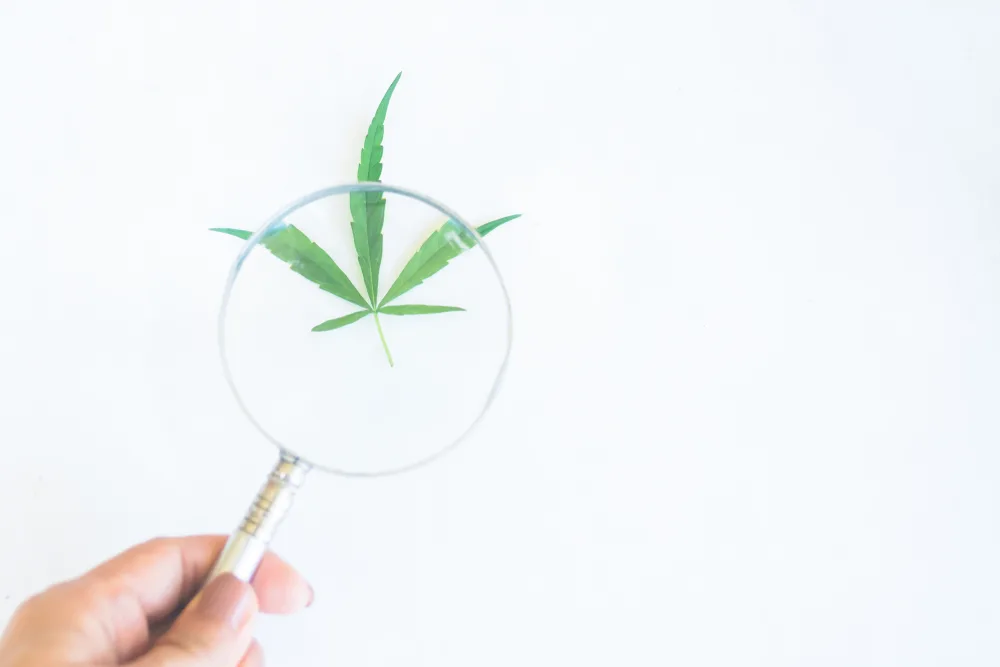

Cannabinoids are chemical compounds in cannabis that interact with your body’s endocannabinoid system (ECS), a complex network that regulates mood, sleep, appetite, and pain. This guide explores the effects of key cannabinoids, including THC, CBD, and lesser-known compounds, to provide you with a deeper understanding of their benefits and medical applications.
Cannabinoids are a diverse group of chemicals found in the cannabis plant. They act on cannabinoid receptors (CB1 and CB2) in the ECS to influence a wide range of physiological processes.
The cannabis plant produces:
The two most well-known cannabinoids are:
Cannabinoids may be classified into three main categories:
These are naturally occurring compounds in cannabis plants, such as:
These Compounds are naturally produced by the body to maintain balance (homeostasis). Examples include:
These laboratory-created compounds are designed to mimic natural cannabinoids. These carry a greater risk due to higher potency and unpredictable effects.3
Cannabinoids interact with the body’s endocannabinoid system by binding to CB1 and CB2 receptors. These receptors play key roles in regulating several essential functions by influencing the release of neurotransmitters and the transmission of signals throughout the brain and nervous system.
Some of the primary functions influenced by cannabinoids include:
Beyond these core effects, specific cannabinoids can promote either relaxation or alertness, depending on the compound and dosage. This wide range of therapeutic potential makes cannabinoids especially promising for those managing conditions like chronic pain, inflammation, insomnia, or anxiety.
While there are over 100 cannabinoids, below are five key cannabinoids and their unique therapeutic properties:
Cannabinoids are increasingly recognized for their potential in managing a variety of medical conditions. While research is ongoing, both scientific studies and anecdotal reports suggest they may offer meaningful therapeutic benefits.
Cannabinoids interact with the body’s CB1 and CB2 receptors, helping to modulate pain pathways and reduce the transmission of pain signals to the brain. This interaction is thought to make them particularly useful in managing chronic and neuropathic pain, offering relief for conditions like arthritis, fibromyalgia, and multiple sclerosis-related discomfort.
One of the most significant benefits of cannabinoids for pain management is their potential to reduce dependence on opioids. As a natural alternative, cannabinoids may help patients manage pain effectively while lowering the risk of opioid-related addiction and side effects. This makes medical cannabis for pain relief an increasingly popular area of research and clinical application.8
Cannabinoids are showing potential in managing symptoms of neurodegenerative diseases like multiple sclerosis (MS), Parkinson’s, and Alzheimer’s. In MS, oral cannabinoids have been shown to alleviate spasticity, reduce muscle stiffness, and improve mobility.9
For Parkinson’s disease, cannabinoids may provide neuroprotective effects by reducing inflammation and oxidative stress in the brain, which could slow neuronal degeneration. In Alzheimer’s disease, research suggests cannabinoids might help preserve brain cell function and reduce agitation in patients.10,11 While more studies are needed, these findings highlight the therapeutic promise of cannabinoids for neurodegenerative conditions.
Cannabinoids play a vital role in supporting sleep health. Compounds like THC and CBN are known for their sedative properties, helping individuals fall asleep faster and stay asleep longer. These effects are particularly beneficial for those struggling with insomnia or sleep disturbances related to chronic pain or anxiety.
On the other hand, CBD enhances sleep architecture by addressing underlying issues, such as stress and inflammation, resulting in more restorative sleep cycles. This makes cannabinoids for sleep support a promising option for individuals seeking natural remedies for better rest.
Cannabinoids also show potential in supporting mental health. CBD is particularly promising for reducing symptoms of anxiety disorders and post-traumatic stress disorder (PTSD). It interacts with serotonin receptors in the brain, which helps regulate mood and promote a sense of calm without the psychoactive effects of THC.
For trauma-related conditions, synthetic cannabinoids like nabilone have been effective in reducing the severity of nightmares in PTSD patients.12 These findings suggest cannabinoids may provide an alternative approach for individuals seeking relief from anxiety and trauma-related sleep disturbances.
While cannabinoids offer promising therapeutic benefits, they are not without potential risks—particularly when misused or without guidance.
As the therapeutic use of cannabis continues to expand, it’s essential to approach cannabinoids with both curiosity and caution. Understanding the potential benefits and risks—especially those associated with THC and CBD—can help individuals make informed decisions about their health and wellness. Whether you’re exploring cannabinoids for pain relief, sleep support, or mental health, always consider your personal medical history, start with low doses, and consult a healthcare professional when needed. With thoughtful use and ongoing research, cannabinoids hold the potential to play a meaningful role in modern medicine.
Cannabinoids are chemical compounds found in raw cannabis that interact with the human body’s endocannabinoid system (ECS). This system plays a crucial role in regulating essential functions, including mood, sleep, appetite, and pain. Cannabis research has identified many different cannabinoids, each with unique properties and potential therapeutic benefits. Pharmaceutical or medicinal cannabinoids are being studied and developed to help address various health conditions, offering promising solutions for patients. Cannabis users often select specific cannabis strains to target their individual needs, as different strains contain varying levels and combinations of these cannabis compounds. Understanding cannabinoids is key to unlocking the full medicinal potential of cannabis.
THC and CBN are particularly effective for sleep, while CBD promotes overall sleep quality.
No. CBD offers therapeutic effects without intoxication.
Not always. Some synthetic cannabinoids, such as nabilone, are FDA-approved for medical use. However, illicit synthetic cannabinoids found in street drugs can be highly potent and carry serious health risks.
In some cases, yes. Cannabinoids may reduce opioid dependence in chronic pain management, but you should always consult your physician before deciding to treat an illness or ailment with cannabis.
*Disclaimer: This article is for informational purposes only and is not a substitute for professional medical advice. Always consult your healthcare provider before using cannabis for medical purposes.

Walk into any dispensary or cannabis retail store, and you’ll notice right away how prominently “sativa,” “indica,” or “hybrid” appear on product labels. From prepackaged flower to pre-rolls, concentrates, and even edibles, everything seems to be neatly classified into these three categories. But have you ever wondered if there’s a real difference among them—or why […]

For years, cannabis shoppers have relied on a familiar question: “Indica or sativa?”And for decades, budtenders everywhere have politely smiled and said some version of: “Well… it’s complicated.” Today’s cannabis is more nuanced than ever. Breeding, modern cultivation, and advanced testing have blurred the once-simple categories we all grew up with. The truth? Indica and […]
Shangri-La Proudly Serves: Connecticut, Illinois, Kentucky, Missouri and Ohio.